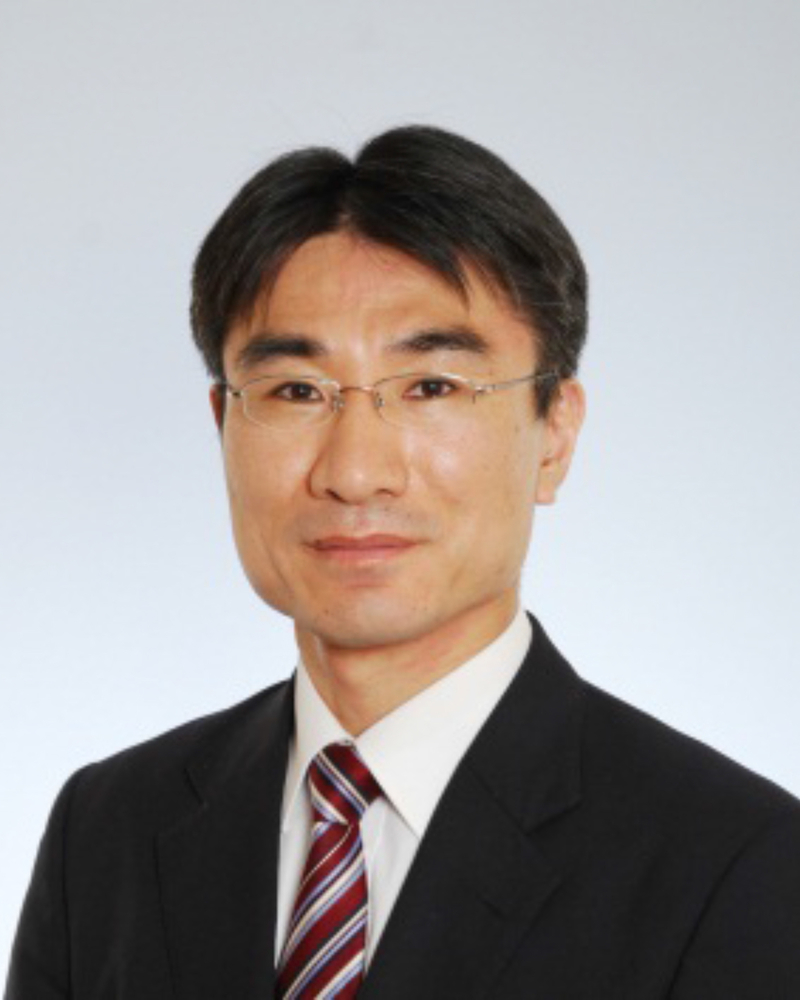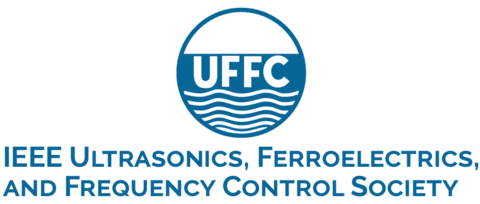Abstract
SAW devices and MEMS are based on similar technology such as electromechanical transduction and wafer process, but there was a little interaction each other for a log time. Recently, the author’s group developed new types of SAW devices in combination with MEMS technology. Key techniques are bonding and transfer.
A monolithic tunable SAW filter with BST (barium strontium titanate)-based variable capacitors were developed for white space cognitive wireless communication using digital TV band (470 to 710 MHz). Patterned BST thin films are transferred from a sapphire wafer to a LT (lithium tantalate) wafer, where SAW filters are fabricated, via metal bonding and laser-assisted debonding.
HAL (hetero acoustic layer) wafers with ultrathin LT and LN (lithium niobite) on various support wafers is getting popular. Typically, LT and LN are thinned down to a thickness of 1 μm or smaller by polishing after wafer bonding. Using such HAL wafers, various types of plate wave devices were studied. In the author’s group, an ultrawideband SH0 mode LN plate wave resonator was developed, and an electromechanical coupling factor larger than 50% was measured. An A1 mode LT plate wave resonator was also developed, and a record high impedance ratio of 72 dB was measured at 5 GHz.
The plate wave devices are attractive in terms of performances, but the mechanical fragility of suspended ultrathin LN and LT is a critical problem. If a suitable combination of materials is selected for a HAL wafer, suspended ultrathin LN or LT is not necessary anymore. Such a device is called HAL SAW device. A HAL SAW resonator using 2 μm thick Y-cut LN on SiO2/AlN multilayer achieved a very high impedance ratio of 82 dB and a large bandwidth of 21.3%. One of the best material combinations is LT and quartz. A negative TCF (temperature coefficient of frequency) of LT is cancelled with a positive TCF of quartz, and a single digit TCF was achieved as well as a high impedance ratio, i.e. high Q factor.
The encounter between SAW and MEMS technologies has opened a new era of acoustic wave devices. The R&D of new types of SAW devices is showing a kind of boom in both industry and academia. This speech hopefully will deliver an exciting mood in Group 4.











